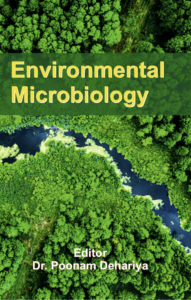
Microbes are frequently associated with illness and disintegration in our minds. However, did you realize that these microscopic organisms are necessary for Earthly life? Greetings from the exciting field of environmental microbiology, where we investigate the many important functions that microorganisms perform in our surroundings. Microbes are nature’s hidden heroes, doing everything from maintaining ecosystems to cleaning up pollution. This essay explores the complexities of environmental microbiology and provides interesting and educational insights. This handbook is designed specifically for readers who are interested in environmental microbiology, whether they are students or just inquisitive about the subject.
Microbes are frequently associated with illness and disintegration in our minds. However, did you realize that these microscopic organisms are necessary for Earthly life? Greetings from the exciting field of environmental microbiology, where we investigate the many important functions that microorganisms perform in our surroundings. Microbes are nature’s hidden heroes, doing everything from maintaining ecosystems to cleaning up pollution. This essay explores the complexities of environmental microbiology and provides interesting and educational insights. This handbook is designed specifically for readers who are interested in environmental microbiology, whether they are students or just inquisitive about the subject.
Environmental Microbiology: What is it?
Environmental Microbiology: What is it?
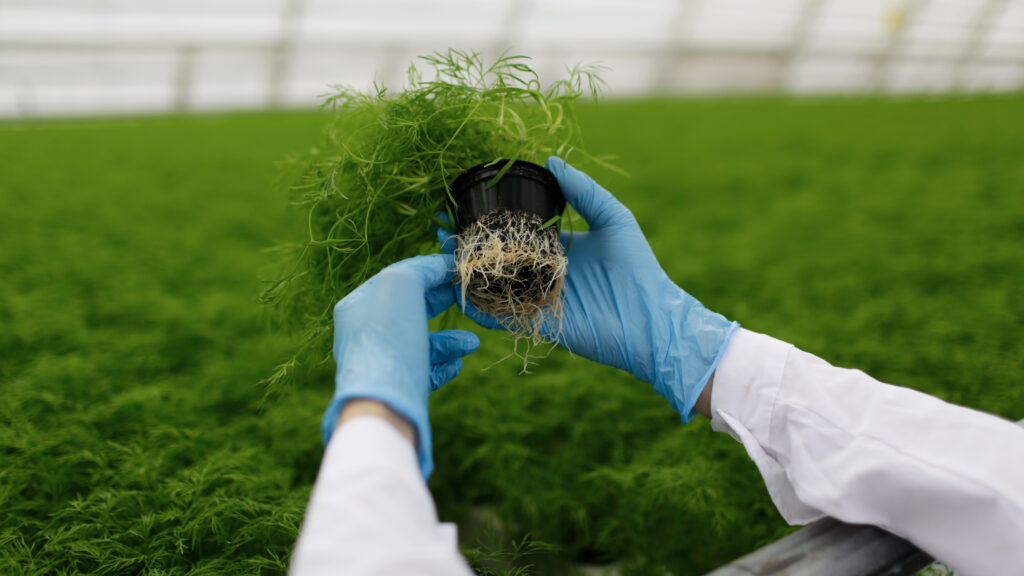
The study of microorganisms found in natural surroundings is known as environmental microbiology. Protozoa, fungi, viruses, and bacteria are a few examples of them. But knowing how these microscopic creatures interact with larger organisms like plants and animals, as well as with each other and their surroundings, is just as important as simply being able to recognize them. Consider the field of environmental microbiology as a vast, linked web in which every microorganism is essential to preserving ecosystem balance.
There are microbes in the water, soil, air, and even inside other living things. Even though they are small, they have a significant influence on environmental processes. Microbes are the unseen workers that keep our world functioning properly, doing anything from breaking down dead stuff to promoting plant growth.
The study of microorganisms found in natural surroundings is known as environmental microbiology. Protozoa, fungi, viruses, and bacteria are a few examples of them. But knowing how these microscopic creatures interact with larger organisms like plants and animals, as well as with each other and their surroundings, is just as important as simply being able to recognize them. Consider the field of environmental microbiology as a vast, linked web in which every microorganism is essential to preserving ecosystem balance.
There are microbes in the water, soil, air, and even inside other living things. Even though they are small, they have a significant influence on environmental processes. Microbes are the unseen workers that keep our world functioning properly, doing anything from breaking down dead stuff to promoting plant growth.
Microbes Place in Ecosystems
Microbes Place in Ecosystems
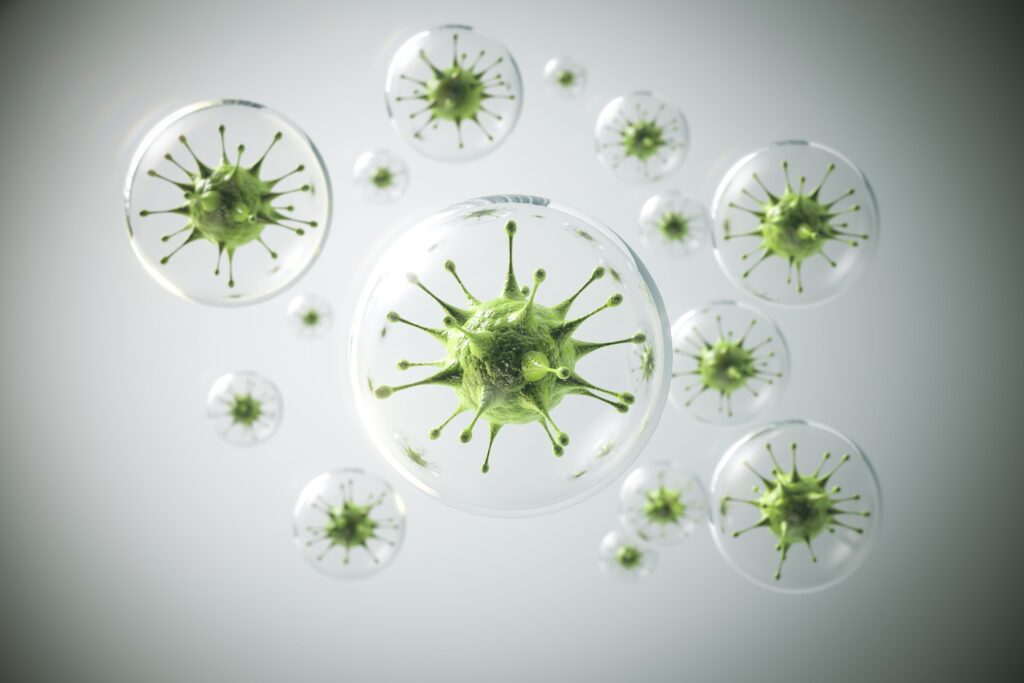
The unsung heroes of the ecosystem, microbes perform a variety of vital roles. They produce oxygen, recycle nutrients, and break down organic debris. For instance, one of the earliest organisms to carry out photosynthesis was the type of bacterium known as cyanobacteria, which released oxygen into the atmosphere and opened the door for life as we know it today.
Additionally, microbes are essential to the food chain. As principal producers and decomposers, they guarantee the effective flow of energy within ecosystems. Life as we know it would cease to exist on Earth without these microbes. Like the backstage workers in a theatre show, they are completely necessary but frequently go unseen.
The unsung heroes of the ecosystem, microbes perform a variety of vital roles. They produce oxygen, recycle nutrients, and break down organic debris. For instance, one of the earliest organisms to carry out photosynthesis was the type of bacterium known as cyanobacteria, which released oxygen into the atmosphere and opened the door for life as we know it today.
Additionally, microbes are essential to the food chain. As principal producers and decomposers, they guarantee the effective flow of energy within ecosystems. Life as we know it would cease to exist on Earth without these microbes. Like the backstage workers in a theatre show, they are completely necessary but frequently go unseen.
Microbial Diversity: A Hidden Universe
Microbial Diversity: A Hidden Universe
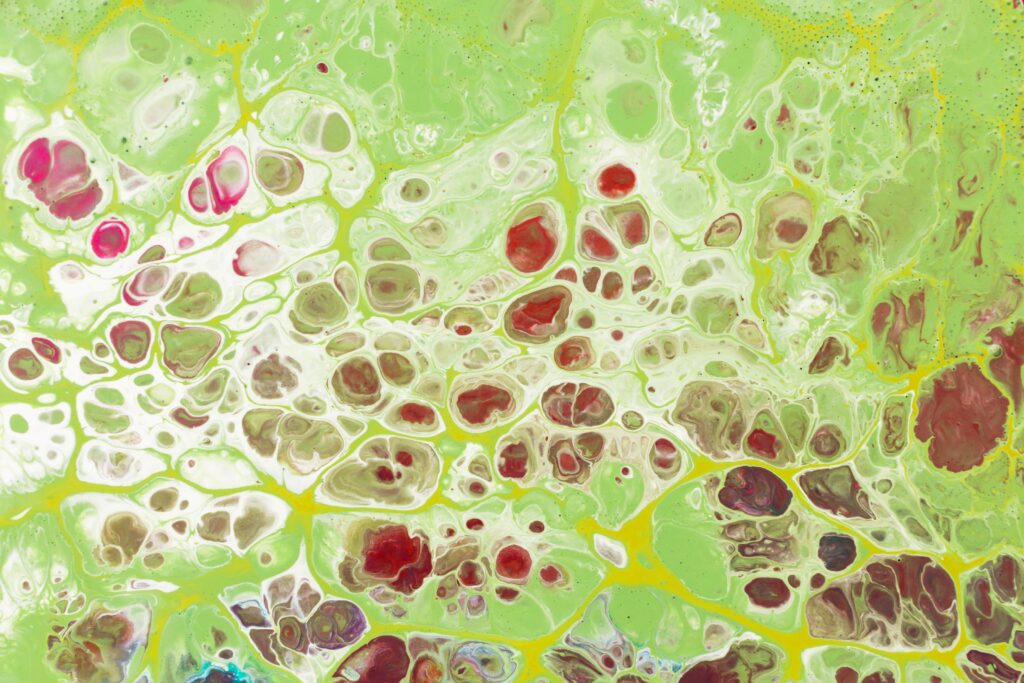
It is astounding how diverse the bacteria are in the environment. Microbes may survive in a wide range of environments, from the Arctic tundra to the ocean’s depths. The resilience of the ecosystem depends on this variety. Ecosystems can endure environmental changes thanks to a broad microbial community, much as diversified investment portfolios can weather economic storms.
According to scientific estimates, Earth’s microbial population outnumbers that of the Milky Way galaxy’s stars. However, we have only just begun to explore this world of microbes. Investigating microbial variety is akin to unlocking a secret world, brimming with opportunities for novel discoveries that may transform environmental management, agriculture, and medical practice.
It is astounding how diverse the bacteria are in the environment. Microbes may survive in a wide range of environments, from the Arctic tundra to the ocean’s depths. The resilience of the ecosystem depends on this variety. Ecosystems can endure environmental changes thanks to a broad microbial community, much as diversified investment portfolios can weather economic storms.
According to scientific estimates, Earth’s microbial population outnumbers that of the Milky Way galaxy’s stars. However, we have only just begun to explore this world of microbes. Investigating microbial variety is akin to unlocking a secret world, brimming with opportunities for novel discoveries that may transform environmental management, agriculture, and medical practice.
Cycles of Biogeochemistry: The Microbial Engine
Cycles of Biogeochemistry: The Microbial Engine
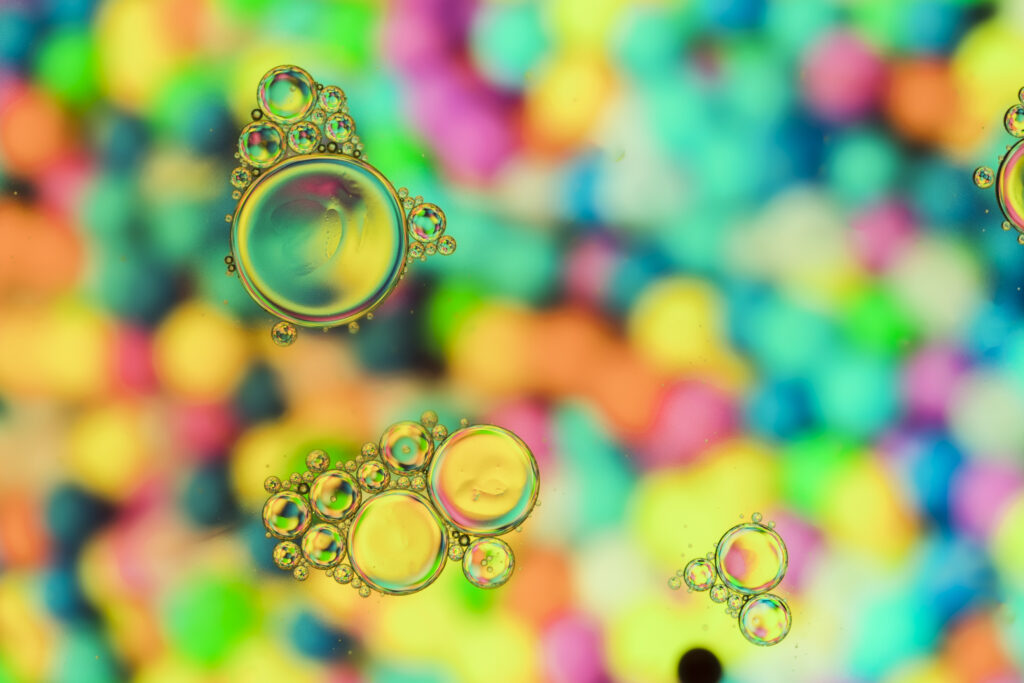
The processes that allow elements like carbon, nitrogen, and sulphur to be recycled in the environment are known as biogeochemical cycles. These cycles are mostly driven by microbes. In the nitrogen cycle, for example, certain microorganisms transform atmospheric nitrogen into forms that plants can utilise to thrive. The cycle is subsequently finished when other bacteria transform these forms back into nitrogen gas.
The absence of bacteria would cause these cycles to stop, which would compromise the availability of vital nutrients. Consider microorganisms as the gears that are continuously spinning in a machine to maintain the smooth operation of the engine of life. Their function in biogeochemical cycles emphasises how crucial they are to preserving the equilibrium of our surroundings.
The processes that allow elements like carbon, nitrogen, and sulphur to be recycled in the environment are known as biogeochemical cycles. These cycles are mostly driven by microbes. In the nitrogen cycle, for example, certain microorganisms transform atmospheric nitrogen into forms that plants can utilise to thrive. The cycle is subsequently finished when other bacteria transform these forms back into nitrogen gas.
The absence of bacteria would cause these cycles to stop, which would compromise the availability of vital nutrients. Consider microorganisms as the gears that are continuously spinning in a machine to maintain the smooth operation of the engine of life. Their function in biogeochemical cycles emphasises how crucial they are to preserving the equilibrium of our surroundings.
Climate Change and Microbes
Climate Change and Microbes
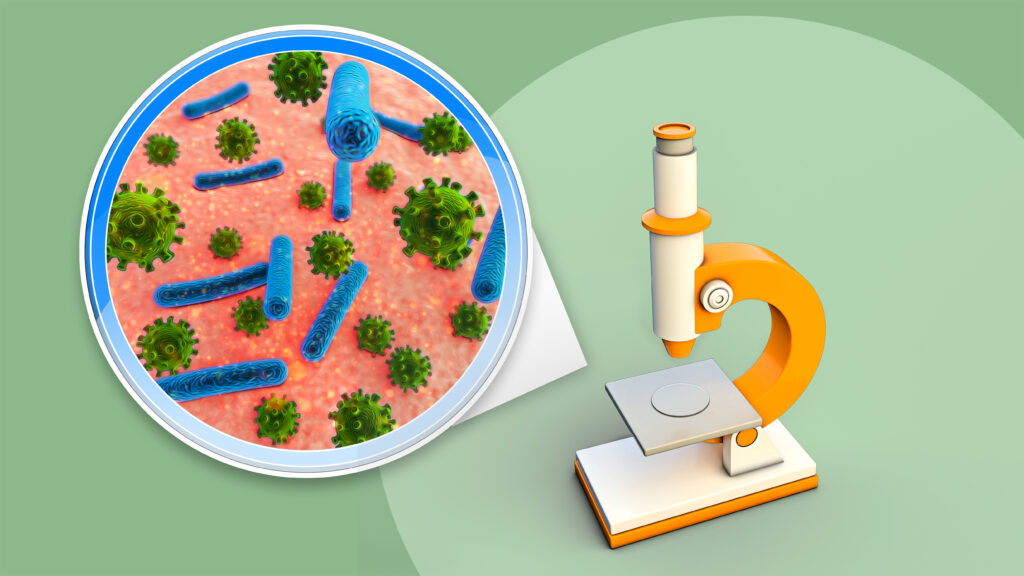
One of the most important challenges of our day is climate change, a process that both affects and is contributed to by bacteria. For instance, methane and other greenhouse gases are produced when permafrost thaws as a result of global warming, releasing organic matter and bacteria that had been confined.
Conversely, microorganisms can potentially lessen the effects of climate change. Carbon dioxide can be captured and stored by some kinds of bacteria and algae, which lowers the amount of this greenhouse gas in the atmosphere. It is essential to comprehend the intricate connection between climate change and bacteria in order to create effective global warming mitigation solutions.
One of the most important challenges of our day is climate change, a process that both affects and is contributed to by bacteria. For instance, methane and other greenhouse gases are produced when permafrost thaws as a result of global warming, releasing organic matter and bacteria that had been confined.
Conversely, microorganisms can potentially lessen the effects of climate change. Carbon dioxide can be captured and stored by some kinds of bacteria and algae, which lowers the amount of this greenhouse gas in the atmosphere. It is essential to comprehend the intricate connection between climate change and bacteria in order to create effective global warming mitigation solutions.
Bioremediation: The Cleaning Team of Nature
Bioremediation: The Cleaning Team of Nature
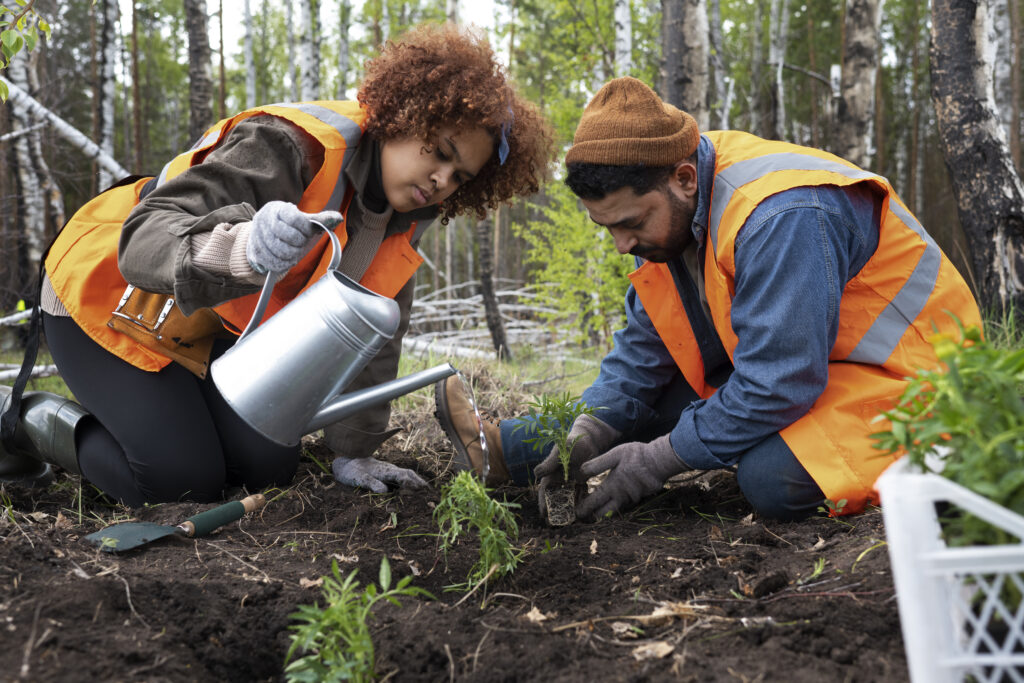
The use of microbes to remove pollutants from the environment is known as bioremediation, and it is one of the most fascinating uses of environmental microbiology. These microorganisms have the ability to degrade contaminants such as heavy metals, oil, and pesticides into less dangerous forms.
One economical and eco-friendly method of addressing environmental degradation is bioremediation. It’s similar to having a toxic waste recycling system built right in. A long-term remedy for environmental contamination is provided by microbes that have developed special processes to cleanse their surroundings. These microbes flourish in contaminated environments.
The use of microbes to remove pollutants from the environment is known as bioremediation, and it is one of the most fascinating uses of environmental microbiology. These microorganisms have the ability to degrade contaminants such as heavy metals, oil, and pesticides into less dangerous forms.
One economical and eco-friendly method of addressing environmental degradation is bioremediation. It’s similar to having a toxic waste recycling system built right in. A long-term remedy for environmental contamination is provided by microbes that have developed special processes to cleanse their surroundings. These microbes flourish in contaminated environments.
Extreme Environments and Microbes
Extreme Environments and Microbes

Microbes can be found in some of the most harsh conditions on Earth, such as acidic mine drainage and boiling hot springs. Most other kinds of life would perish in these extreme environments, but these extremophiles have evolved to withstand them. Researching these creatures could have biotechnological benefits in addition to advancing our knowledge of life’s adaptability.
Extremophile enzymes, for example, are utilised in industrial operations that call for harsh chemicals or high temperatures. These microorganisms are like the stunt doubles of the microbial world; they flourish in environments where others cannot and give us tools to address problems in a variety of sectors.
Microbes can be found in some of the most harsh conditions on Earth, such as acidic mine drainage and boiling hot springs. Most other kinds of life would perish in these extreme environments, but these extremophiles have evolved to withstand them. Researching these creatures could have biotechnological benefits in addition to advancing our knowledge of life’s adaptability.
Extremophile enzymes, for example, are utilised in industrial operations that call for harsh chemicals or high temperatures. These microorganisms are like the stunt doubles of the microbial world; they flourish in environments where others cannot and give us tools to address problems in a variety of sectors.
Human Influence on Microbes in the Environment
Human Influence on Microbes in the Environment
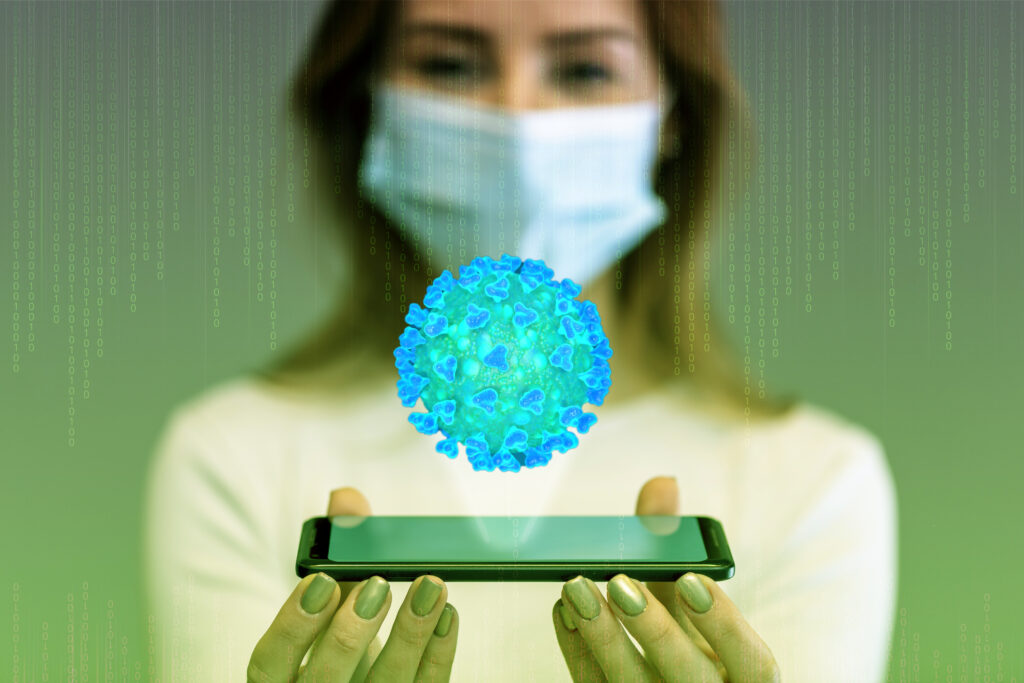
Microbial communities are greatly impacted by human actions including pollution, deforestation, and urbanisation. These modifications may throw ecosystems out of balance, which could result in the extinction of microbe diversity and the interruption of vital functions.
For instance, over-reliance on chemical pesticides and fertilisers in agricultural techniques can damage beneficial soil bacteria and eventually lower soil fertility. In a similar vein, pollution can encourage the growth of dangerous microorganisms, which can have a negative impact on both the environment and human health.
Developing sustainable methods that safeguard and maintain microbial diversity requires an understanding of how human activity affects environmental microorganisms.
Microbial communities are greatly impacted by human actions including pollution, deforestation, and urbanisation. These modifications may throw ecosystems out of balance, which could result in the extinction of microbe diversity and the interruption of vital functions.
For instance, over-reliance on chemical pesticides and fertilisers in agricultural techniques can damage beneficial soil bacteria and eventually lower soil fertility. In a similar vein, pollution can encourage the growth of dangerous microorganisms, which can have a negative impact on both the environment and human health.
Developing sustainable methods that safeguard and maintain microbial diversity requires an understanding of how human activity affects environmental microorganisms.
Technological Developments in Microbiological Studies
Technological Developments in Microbiological Studies
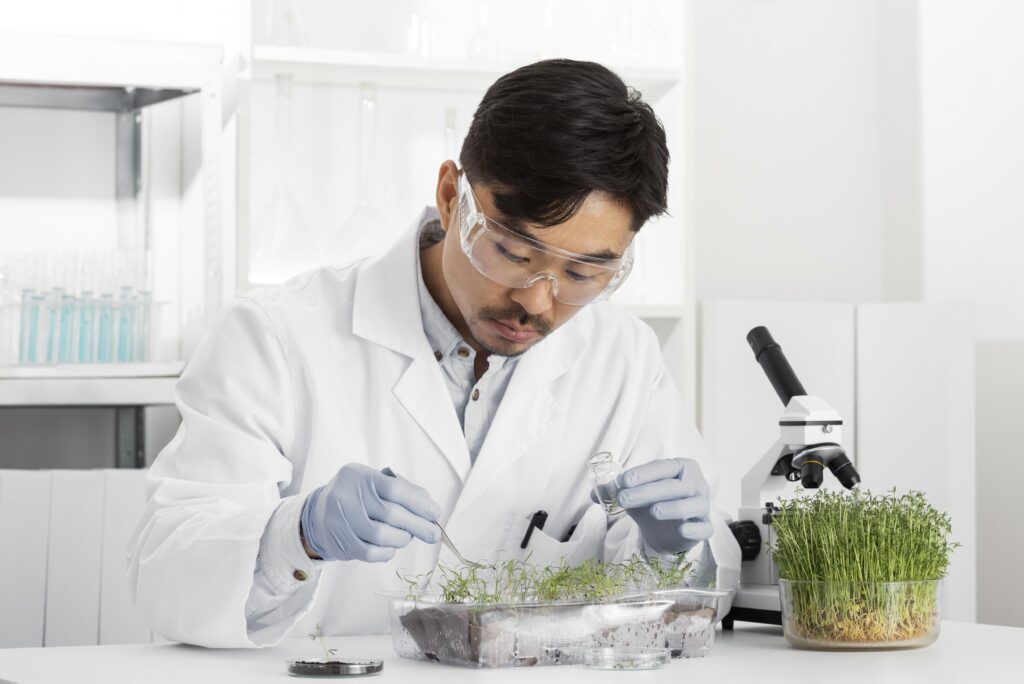
Environmental microbiology has undergone a revolution thanks to recent technological breakthroughs. Researchers are able to examine microbial populations in previously unheard-of detail because to methods like metagenomics and high-throughput sequencing. The enormous diversity of microorganisms and their functions in diverse ecosystems have been revealed by these technologies.
Technological developments also make it possible to develop new uses for bacteria, like bioenergy generation and bioremediation. Technology is opening up new avenues for discoveries and developments in environmental microbiology that have the potential to revolutionise environmental management.
Environmental microbiology has undergone a revolution thanks to recent technological breakthroughs. Researchers are able to examine microbial populations in previously unheard-of detail because to methods like metagenomics and high-throughput sequencing. The enormous diversity of microorganisms and their functions in diverse ecosystems have been revealed by these technologies.
Technological developments also make it possible to develop new uses for bacteria, like bioenergy generation and bioremediation. Technology is opening up new avenues for discoveries and developments in environmental microbiology that have the potential to revolutionise environmental management.
Environmental Microbiology Applications
Environmental Microbiology Applications
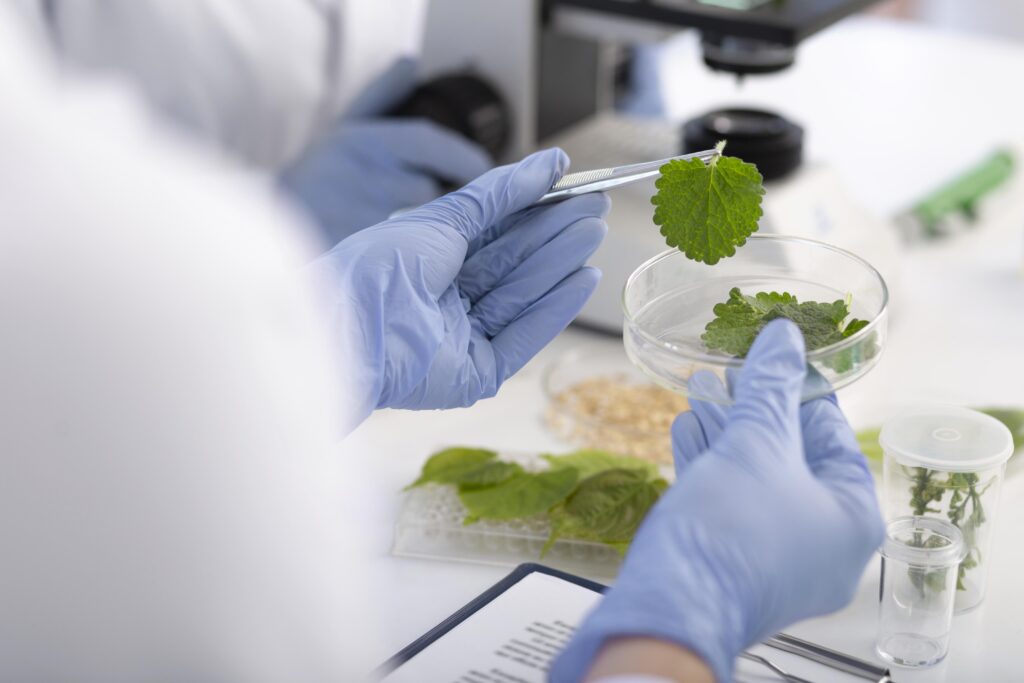
Applications of environmental microbiology are vast and span many different domains. Microbes are employed in agriculture to increase soil fertility and stimulate plant growth. Microbial processes are used in industry to produce food goods, medicines, and biofuels.
By examining microbial interactions and resistance mechanisms, environmental microbiology helps the medical field create new medicines and treatments. Environmental microbiology is a vital field for tackling global issues like food security, health, and sustainability because of its wide range of possible applications.
Applications of environmental microbiology are vast and span many different domains. Microbes are employed in agriculture to increase soil fertility and stimulate plant growth. Microbial processes are used in industry to produce food goods, medicines, and biofuels.
By examining microbial interactions and resistance mechanisms, environmental microbiology helps the medical field create new medicines and treatments. Environmental microbiology is a vital field for tackling global issues like food security, health, and sustainability because of its wide range of possible applications.
The Role of Ethics in Microbiology
The Role of Ethics in Microbiology
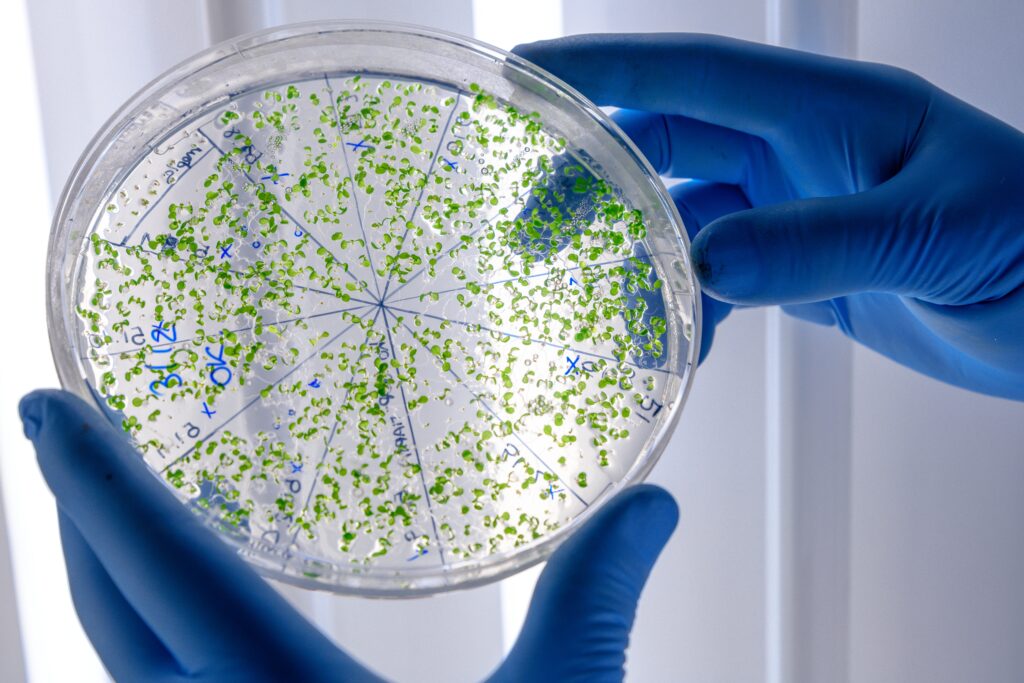
Large authority entails considerable responsibility. Ethical issues need to be taken into account as we utilise microorganisms for a variety of purposes. This involves making sure that bioremediation initiatives do not unintentionally damage the environment and using genetically modified organisms (GMOs) responsibly.
Concerns about our responsibility as stewards of the world are also brought up by the effects of human activity on microbial diversity. It is crucial to strike a balance between innovation and moral responsibility as we investigate and work with microbiological life.
Large authority entails considerable responsibility. Ethical issues need to be taken into account as we utilise microorganisms for a variety of purposes. This involves making sure that bioremediation initiatives do not unintentionally damage the environment and using genetically modified organisms (GMOs) responsibly.
Concerns about our responsibility as stewards of the world are also brought up by the effects of human activity on microbial diversity. It is crucial to strike a balance between innovation and moral responsibility as we investigate and work with microbiological life.
Environmental Microbiology's Future
Environmental Microbiology's Future
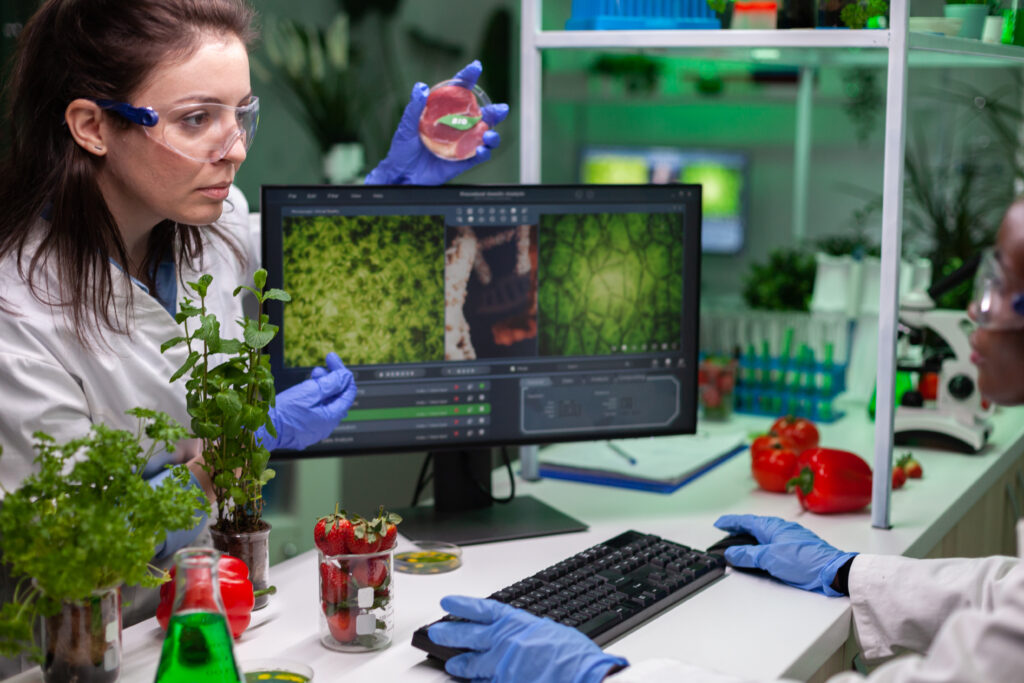
Environmental microbiology has a bright future ahead of it. It is probable that new applications addressing urgent environmental challenges may emerge as a result of continued study and technical developments. Microbes are going to be crucial in determining how our world develops in the future, from fighting climate change to creating sustainable farming techniques.
But there are still obstacles facing the subject, such the necessity for additional studies on microbial interactions and the creation of laws safeguarding microbial variety. Environmental microbiology’s future will rely on our capacity for creativity combined with a strong reverence for the natural world.
Environmental microbiology has a bright future ahead of it. It is probable that new applications addressing urgent environmental challenges may emerge as a result of continued study and technical developments. Microbes are going to be crucial in determining how our world develops in the future, from fighting climate change to creating sustainable farming techniques.
But there are still obstacles facing the subject, such the necessity for additional studies on microbial interactions and the creation of laws safeguarding microbial variety. Environmental microbiology’s future will rely on our capacity for creativity combined with a strong reverence for the natural world.
In summary
The discipline of environmental microbiology is both expansive and exciting. Microbes, ranging in size from tiny bacteria to massive ecosystems, are essential to the continued existence of life on Earth. It is becoming increasingly evident that these microscopic creatures are the key to solving many of the contemporary environmental problems as we continue to unlock the mysteries of the microbial world. There are countless ways that environmental microbiology can be used, including in sustainable agriculture, bioremediation, and climate change mitigation. Through comprehending and utilising the potential of microorganisms, we can strive towards a more robust and wholesome Earth.
The discipline of environmental microbiology is both expansive and exciting. Microbes, ranging in size from tiny bacteria to massive ecosystems, are essential to the continued existence of life on Earth. It is becoming increasingly evident that these microscopic creatures are the key to solving many of the contemporary environmental problems as we continue to unlock the mysteries of the microbial world. There are countless ways that environmental microbiology can be used, including in sustainable agriculture, bioremediation, and climate change mitigation. Through comprehending and utilising the potential of microorganisms, we can strive towards a more robust and wholesome Earth.
FAQs
The study of microorganisms in their natural habitats, with an emphasis on their interactions, functions in ecosystems, and uses in industries like agriculture and bioremediation, is known as environmental microbiology.
Because they produce oxygen, recycle nutrients, break down organic matter, and act as primary producers and decomposers, microbes are vital to ecosystems.
The process of bioremediation involves using microorganisms to break down toxic compounds into less toxic or non-toxic forms in order to clean up environmental contaminants.
By generating greenhouse gases like methane and absorbing carbon dioxide, microbes can both cause and prevent climate change.
Extremophiles are microorganisms that grow well in harsh conditions, such as deep marine vents, hot springs, and acidic fluids. They frequently have special adaptations that make them useful in industrial settings.
